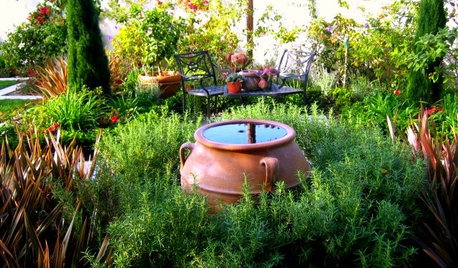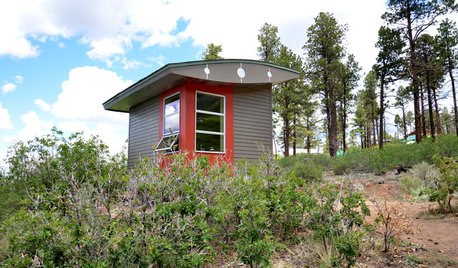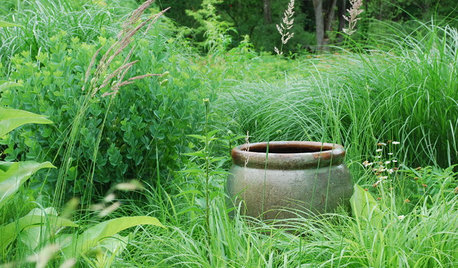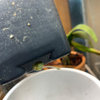Is there a "secret" to propagating Fortuniana?
g-in-fl
11 years ago
Related Stories

WINTER GARDENINGPruning Secrets for Exquisite Roses
Encourage gorgeous blooms year after year with this time-tested advice on how to prune your rosebush in winter for health and shape
Full Story
GARDENING GUIDES6 Steps to Get a Garden Off to a Glowing Start
Grow a lush, balanced garden from an empty patch of yard or neglected landscape spot with these easy-to-follow guidelines
Full Story
GARDENING GUIDESGreat Garden Combo: 3 Soft-Looking Plants for a Dry Climate
Weave a romantic tapestry with this drought-tolerant combination of plants as tough as they are lovely
Full Story
FALL GARDENING6 Splendid Blue-Flowering Bulbs
How do you blue? With colors from sky to cobalt, these bulbs will greet you merrily in a spring garden
Full Story
HOUSEPLANTSHow to Grow Orchids Indoors
Orchids are the exotic aristocrats of the flower world and can make themselves comfortable in almost any home
Full Story
GARDENING GUIDESHerb Garden Essentials: Grow Your Own Rosemary
With its invigorating scent, easygoing nature and ability to make dishes sing with flavor, rosemary may become your new best garden friend
Full Story
FALL GARDENINGBe Your Own Wildflower Nursery
Gather seeds from your garden in fall, and you'll have a selection of plants for next year — without spending a dime
Full Story
SMALL SPACESCalm Yourself in a Former Hippie Commune’s Tiny Hut
Need to relax? Check into this simple, secluded lodging at a New Mexico retreat and say, “Om”
Full Story
FALL GARDENINGReflecting on a Gardening Year
Mistakes and successes, surprises and comforts. The garden helps us grow in new ways every year
Full Story
GARDENING GUIDES5 Invaluable Life Lessons From the Garden
The garden is both teacher and healer. Don't be afraid — dig in and reap the benefits
Full StoryMore Discussions







roseseek
g-in-flOriginal Author
Related Professionals
Prairie Ridge Landscape Architects & Landscape Designers · Southfield Landscape Architects & Landscape Designers · Wilmington Landscape Contractors · Waterbury Landscape Contractors · Cary Landscape Contractors · Del Aire Landscape Contractors · Fort Myers Landscape Contractors · Fort Worth Landscape Contractors · Maywood Landscape Contractors · New Providence Landscape Contractors · Pikesville Landscape Contractors · Pompano Beach Landscape Contractors · Ramsey Landscape Contractors · Vashon Landscape Contractors · Marietta Roofing & Guttersroseseek
lookin4you2xist
g-in-flOriginal Author
roseseek
lookin4you2xist
g-in-flOriginal Author
roseseek
bluegirl_gw